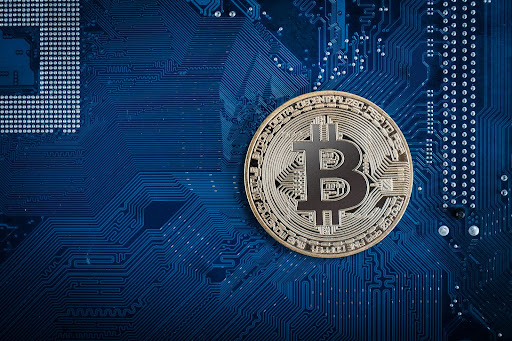Top Exchanges for High Frequency Traders

High-frequency trading is a term most people associate with traditional finance. However, it has merit in the cryptocurrency industry too, as several specialized firms explore opportunities in the industry today. Finding the right exchange to perform such trading can be tricky, although there are options.
Understanding High-frequency Trading
The idea of high-frequency trading revolves around transacting a growing number of orders in as little time as possible. In most cases, orders are executed in under a second, creating market volatility and maximizing short-term profit potential. Such a trading method would not be possible without proprietary algorithms that analyze different markets and execute orders accordingly.
Moreover, high-frequency trading (or HFT) has high turnover rates and order-to-trade ratios. More specifically, the algorithm may perform dozens of orders without performing an actual trade, depending on shifting market conditions. It creates an appealing opportunity for cryptocurrencies, as those are the only markets accessible 24/7 today.
Achieving HFT requires an exchange with a stable infrastructure, a powerful order matching engine, and very deep liquidity. It would be counterproductive for a trader to engage in high-frequency trading and not be able to complete orders due to little liquidity or a slow trading engine. Overall, HFT improves market liquidity, yet it can also trigger strong market shifts for no apparent reason.
Very few exchanges can provide the necessary tools to make high-frequency trading possible in the cryptocurrency industry. That is not necessarily a bad thing, as it ensures those companies that can provide this service can specialize in this segment. As institutional interest from high-frequency trading firms rises, the coming years will prove exciting for HFT in cryptocurrency.
Tapping The Right HFT-capable Exchange
Hundreds of cryptocurrency exchanges and trading platforms exist on the market today. Most of them offer a solid experience but cannot enable high-frequency trading in any form. Thankfully, some exceptions give traders a few options to explore.
Bybit
Engaging in high-frequency trading on a centralized exchange with a public order book requires significant volume and liquidity. Bybit, per its recent 2021 recap, confirms it has an average 24-hour trading volume of over $11.8 billion. Moreover, the platform easily handled over 30,000 transactions per second, making it a feasible option for HFT due to its massive order amount requirement.
With over $1.7 trillion in Q3 2021 trading volume from users across over 150 countries, Bybit continues to attract attention from individuals and bigger traders alike. It has superior technology, strong liquidity, and a substantial trading volume for HFT purposes. Even at a daily trading volume peak of $76 billion, the trading engine did not struggle, providing a seamless experience.
Binance
The other centralized exchange capable of facilitating HFT would be Binance. It is the world’s biggest CEX and has the most liquidity and volume. Moreover, its API is useful to traders who rely on software tools to automate their trading, making it of great value to high-frequency traders. Thanks to its high trading volume, HFT orders would not necessarily disrupt liquid markets in the slightest.
Moreover, Binance has a global presence and has set up subsidiaries in particular jurisdictions. Its overall uptime remains top-notch – like Bybit’s – and its vast number of trading pairs creates multiple trading opportunities. Binance does not officially run a dark pool to make HFT more private, although that situation can always change.
SFOX
Users looking to engage in high-frequency trading while benefiting from more privacy can explore dark pools. Kraken initially introduced – but no longer supports – the concept, which still lives on through exchanges like SFOX. Its dark pool ensures no one can see someone else’s trades, balances, or orders. Moreover, users can fill orders at the best price execution, which is of great value to HFT enthusiasts.
Another benefit of SFOX is how it provides zero slippage to ensure traders execute orders at their intended price. Traders can access liquidity from the dar pool, the SFOX exchange, and its OTC trading desk, ensuring orders are filled quickly and without disrupting market prices [too much].
Anchorage
Another contender providing exposure to dark pool trading and HFT opportunities is Anchorage. The platform’s dark pool launched in Q4 2021 and caters to big traders looking to move large amounts of cryptocurrency without friction. Anchorage provides this service together with Oasis Pro Markets to introduce on-chain custody and settlement.
As the Anchorage dark pool focuses n large trades, it has more than sufficient liquidity to facilitate high-frequency trading. Moreover, Anchorage’s approach primarily caters to institutional users who rely on dark pools for trading stocks.
In Closing
There are multiple opportunities for high-frequency traders in the cryptocurrency world. Some centralized exchanges have the necessary infrastructure and liquidity to enable it through public order books. Other platforms tap dark pools to facilitate this trading behavior, ensuring HFT users cannot do not disrupt public order books too much.
The ongoing growth in decentralized finance can give rise to more high-frequency trading opportunities. Although it remains unclear what the future holds on that front, there will always be a market for HFT behavior in one form or another.
